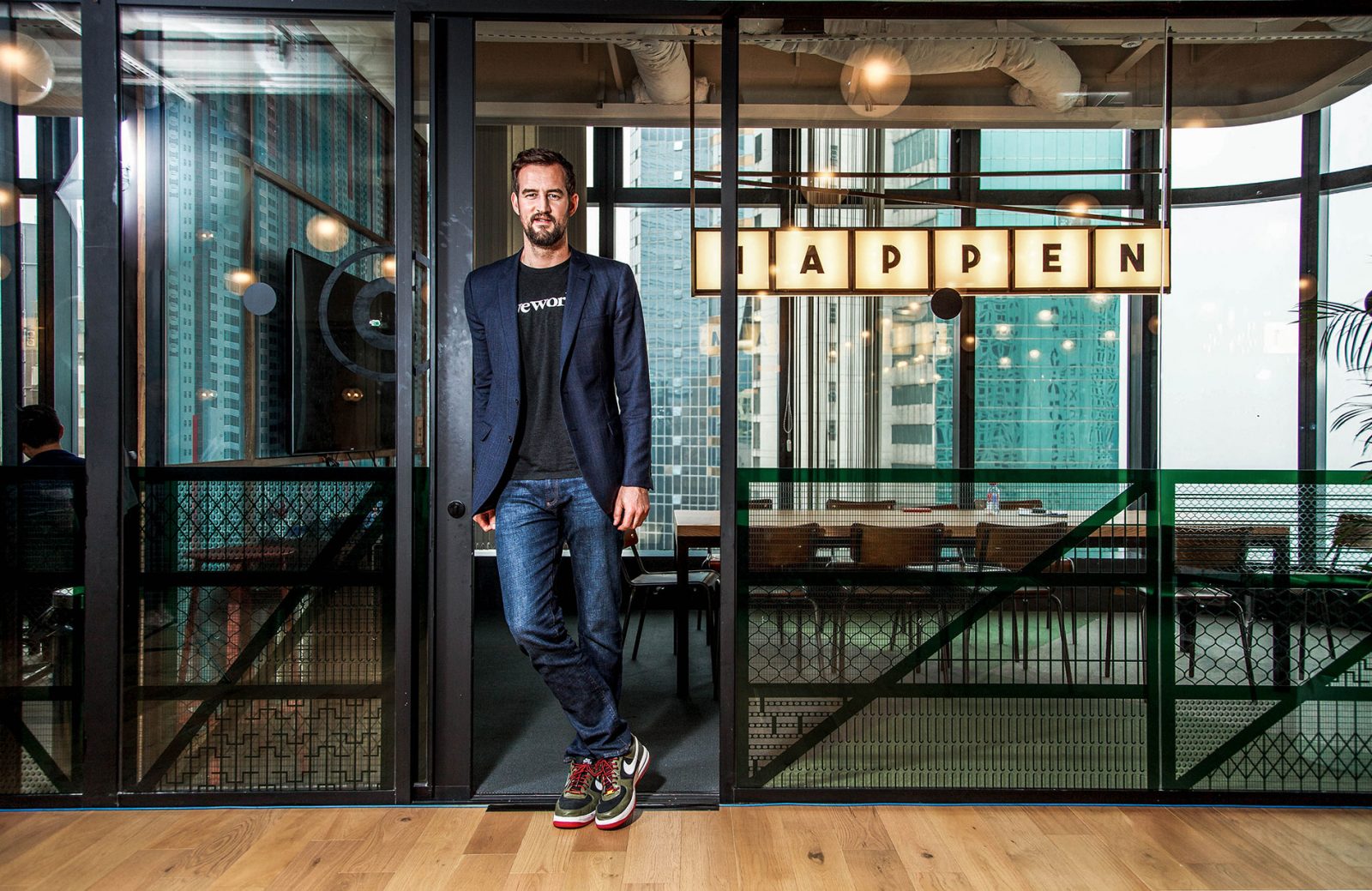

Virtual reality (VR) is revolutionizing the way education is delivered. By immersing students in interactive 3D environments, it provides a more engaging and intuitive learning experience...
That’s something you’ve got to face. Tim Coulson Founder of Apple. He spoke of augmented reality as part of the company’s 2019 fiscal earnings. Tell me...


10 Augmented Reality Apps That Are Better Than Pokemon Go

AR is paving its way into the field of healthcare application development with the promise to reimagine medical staff training and education along with patient diagnosing and treatment....